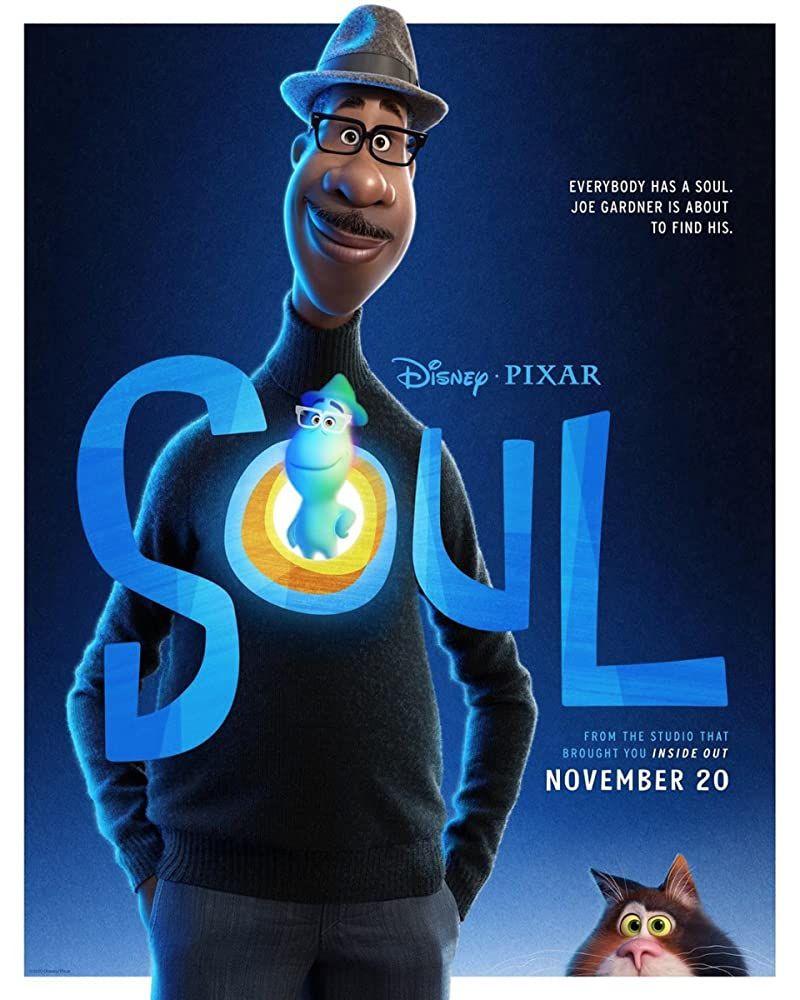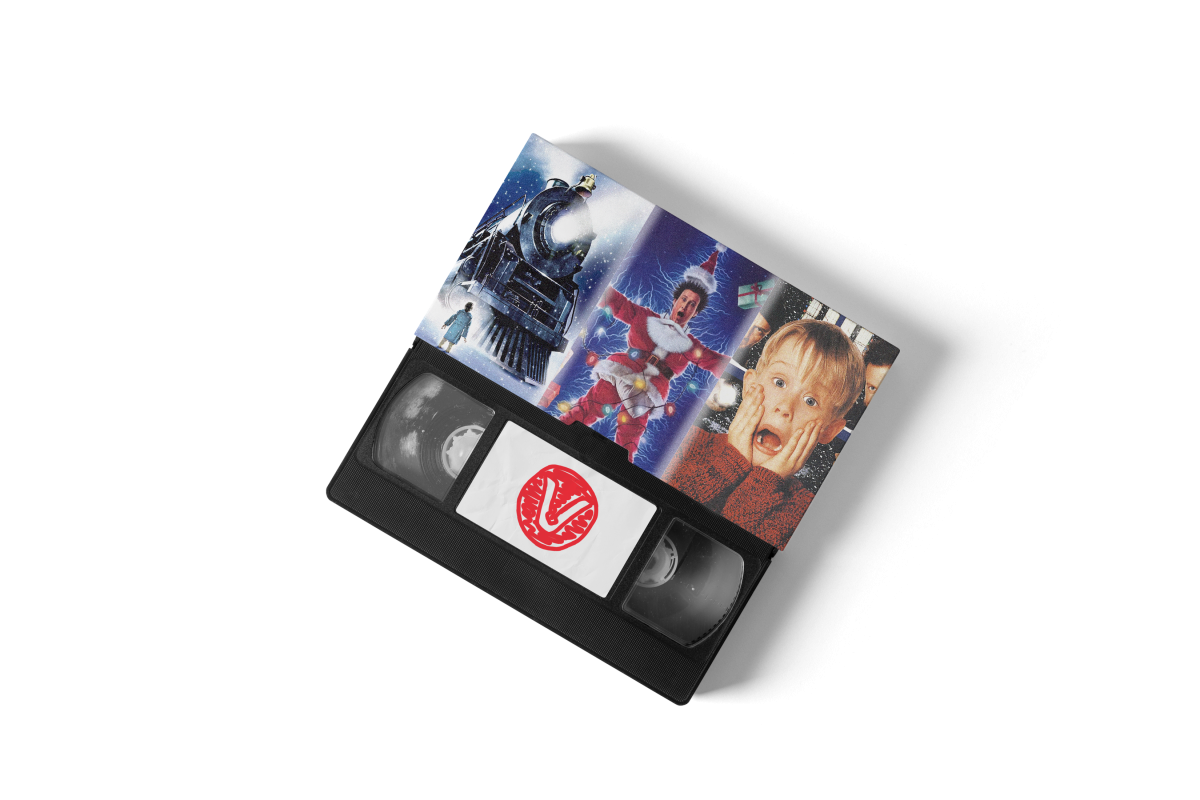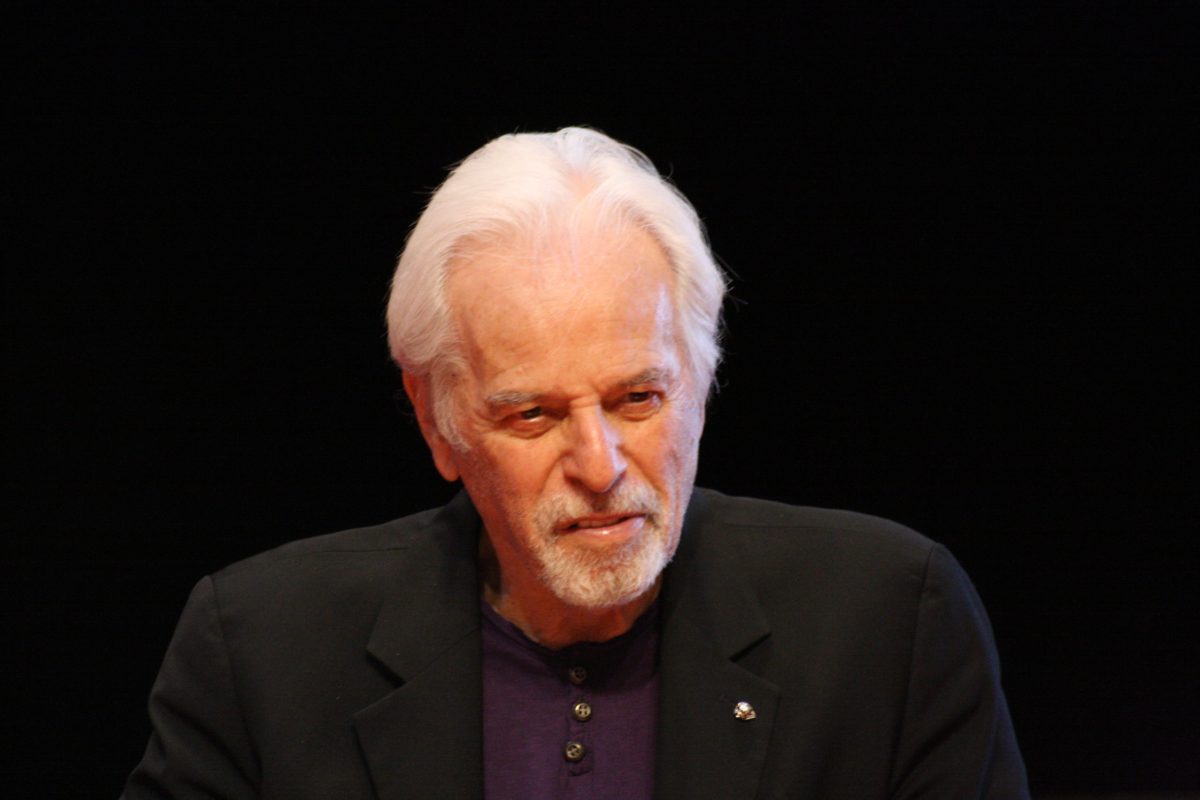The good old days had many great film franchises that started as a single movie. It might have built up to a cycle of sequels, maybe a prequel, and eventually after decades of neglect, a remake.
Years ago, the original product probably had high budget effects for its time along with great acting, classic lines (which admirers rehearse in their sleep), moments that only one lens was worthy of viewing; yet they are remade. There are, of course, reasons for the remake or reboot of a classic franchise, one-shot film, or re-issue of a failed product. Remakes serve to bring the franchise some of its old glory for economic reasons, or renew the love for the IP of the filmmakers and fans.
The process of “remaking” a franchise works by giving the viewer roughly the same plot, characters, and maybe some members of the original cast. Then they give the story a modern makeover during plot development, random new characters, and possibly a huge twist that relates directly to the original’s villains, characters, or fan service. The past films couldn’t have rung all of the bells that we have waited so long for.
The saying, “If it ain’t broke don’t fix it,” proves relevant in this case. By bringing an old, retired franchise out of its wheelchair and placing it in contemporary spotlight, it indubitably leads to sharper visual effects, new actors, and whatever else money can buy (usually, there is a huge budget associated with these remakes). Sometimes, this procedure succeeds, but sometimes it wipes out before taking off to the silver screen.
RoboCop (2014) was seen as a disaster compared to its original created back in 1987 with effects that won it an Oscar and quotes that are still used (although modified) today. The film Carrie (2013) suffers from the same issue, due to the fact that the original film from 1976 is a “classic” by our standards. The issue for these remakes is the fact that they had big shoes to fill, and ultimately the overshadowing by the original film caused critics to pan it.
Meanwhile, successful film remakes/reboots like Star Trek (2009), War of the Worlds (2005), and Let Me In (2010) are mostly the same story told at a different angle. One film that exists because of fan service is Godzilla (2014); the film was made to satisfy moviegoers’ cravings for the titular beast. Compared to its original, the colossal dinosaur isn’t seen for the majority of the movie, but in the times that it is on screen, it’s impact is felt with beautiful moments of what Godzilla is. In the original film, Gojira (1954) the ancient behemoth is the villain (kind of) fighting against nuclear energy, not unlike the reboot in the form of the nuclear powered MUTOs. Star Trek (2009) takes a similar approach by incorporating a timeline where the original film universe exists, but a new plot can roll out because the reboot exists in an alternate universe, allowing the story to go anywhere it wants. Both films give homage to two great series that deserve to be remembered and taken from one time or another.
Filmmaking has really changed since the old days. From fireworks and stop-motion, to CGI and sound editing with new technologies, ageless tales are often impacted and changed to meet contemporary standards. It’s understandable to want to live back in the old days, but we may be able to bring them back and give it a remodeling. Whether or not these films find their success in the forms of financial or critical achievements is up to the viewer. If the remake finds neither, then the viewer can watch the beauty of the original. The remake will then have purpose by introducing new audiences to the original.
By Scott M. Waldman

































